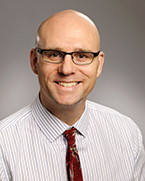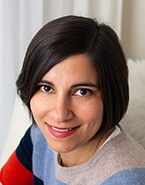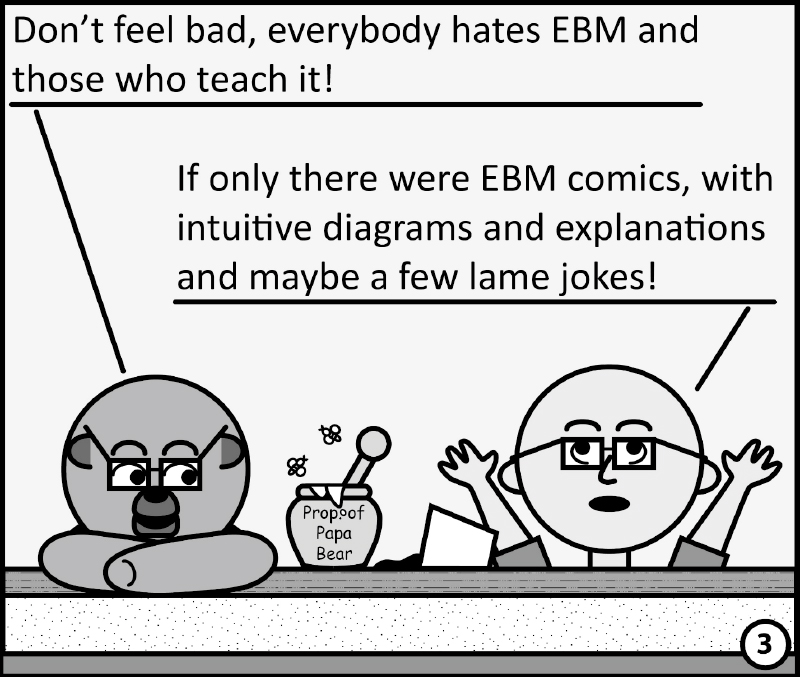Creative Approaches to Education Put Medical Students in the Driver’s Seat
Educators ramp up student engagement through techniques like drawing, flipped classrooms


Teaching approaches that put trainees in the driver’s — and drawing — seat are helping students gain more from radiology education than traditional didactic methods and passive observation.
The next generation of educators are developing tools and techniques that are breaking new ground in radiology education.
For example, Stefan Tigges, MD, a professor in the Department of Radiology and Imaging Sciences at Emory University School of Medicine in Atlanta, uses drawings to tell stories and make complex topics such as anatomy as visual and intuitive as possible. Coupling words and images engages students and accelerates learning beyond words alone.
“Drawing is one of the most effective teaching methods available, especially if you have your learners draw along with you,” said Dr. Tigges, who presented a session on his innovative teaching technique at RSNA 2020. “You don’t need to make sophisticated drawings; it’s been shown that novices learn better using simple drawings than more anatomically correct ones.”
With students participating using paper and pencil or electronic tablet, Dr. Tigges uses a three-step process to create educational drawings: abstract, simplify and exaggerate.
For example, drawing a turtle begins by identifying and depicting the creature’s most important and distinctive feature: its shell. While the shell is complex, a student can simplify it by drawing an oval, and then exaggerate it by adding a decoration.
Dr. Tigges then moves on to the human anatomy. To draw the heart, for example, he may outline just a box containing four smaller boxes corresponding to the cardiac chambers.
In teaching students about the functional anatomy of the larynx, Dr. Tigges draws a basic outline of the larynx that illustrates speech production and air flow while students draw along with him. To reinforce learning, he then asks students to identify the structures that they drew on cross-sectional images.
Students assess their learning by looking for abnormalities on actual clinical cases and by using audience response software.
In addition, Dr. Tigges has created an online library of comic sketch style tutorials on human anatomy and evidence-based medicine topics.
Although he downplays his own drawing skills, Dr. Tigges has earned multiple awards for radiology teaching and cartooning. In 2020, he received the Excellence in Education Award from the Alliance of Medical Student Educators in Radiology.
Flipped Classroom Boosts Engagement
For Tabby A. Kennedy, MD, neuroradiology section chief and associate radiology professor at the University of Wisconsin School of Medicine and Public Health in Madison, a curriculum restructuring early in her career meant finding a different way to teach core concepts of neuroimaging in a fraction of the time.
Nine years ago, she created the website Learning Neuroradiology, which uses a flipped classroom approach that turns the traditional classroom-based learning on its head.
In a flipped classroom, students prepare before class at their own pace and maximize class time for interactive learning such as live problem-solving.
“Instead of focusing student contact time on teaching medical knowledge, housing core neuroimaging concepts on the website allows me to focus on engaging students at a more sophisticated level of understanding by helping them apply and analyze the neuroimaging of their patients,” Dr. Kennedy said.
More recently, Dr. Kennedy added a cloud-based PACS to the curriculum, which displays anonymized DICOM images. Students can scroll through a stack of images, adjust window and level settings and engage far more than they would in traditional over-the-shoulder reading room observation.
“We need to put the computer mouse in the hands of the students so that they are moving through the anatomy, developing their own search patterns and recognizing can’t-miss diagnoses,” Dr. Kennedy said. “This process gives the students a better appreciation for what it’s like to be a radiologist.”
Medical students rotating in radiology are often looking for ways to understand how imaging fits within the context of patient care. In an RSNA 2020 session, Dr. Kennedy offered tangible solutions to improving the experience for both students and educators.
Low-tech solutions to more meaningfully engage students include having the student: review patient histories on imaging studies actively being reviewed; provide the clinical and treatment histories as part of tumor board preparation; and preview cases on a clinical PACS in parallel with a resident or fellow, pointing out key findings during a read- out session.
Incorporating a scavenger hunt within the rotation provides a fun opportunity for learners to engage with technologists and radiology nursing staff to understand the role of radiology in the larger hospital framework. "I find that getting buy-in for this type of activity is critical. Having a dedicated time for students to talk to technologists or nurses may be helpful with workflow so that its predictable and less disruptive within the day-to-day schedule," Dr. Kennedy said.
Educators pursuing teaching as a focus for career development may consider investing the time and effort to create a website with a defined curriculum incorporating scrollable cases, a web-based case repository, and/or a YouTube channel featuring recorded lectures, Dr. Kennedy said.
Assessment is a necessary component of the radiology rotation and can be achieved with case presentations that incorporate imaging appropriateness guidelines as well as an end-of-rotation test on course material, she said.
Calling Other Teachers
For educators interested in drawing as an education tool, Dr. Tigges encourages them to spend five to 10 minutes every day for a month trying to draw one thing before moving on to something new.
To get started, he recommends reading related books, using Google to see how others draw, and copying a favorite cartoonist’s drawings to discover your own style.
Dr. Kennedy encourages educators to look beyond these approaches and develop their own innovative teaching methods for trainees.
“Thinking of new ways to teach our students not only benefits them but forces us as academics to constantly try and be better educators,” she said.
For More Information
Access Drs. Tigges' and Kennedy's RSNA 2020 sessions.
Access Dr. Tigges' Daily Bulletin YouTube interview about his RSNA 2020 session.
Access Dr. Tigges’ online library of comic sketch style tutorials on human anatomy and evidence-based medicine topics.
Access Dr. Kennedy’s educational portal Learning Neuroradiology.

A cartoon by Dr. Tigges takes a lighthearted approach to radiology education.